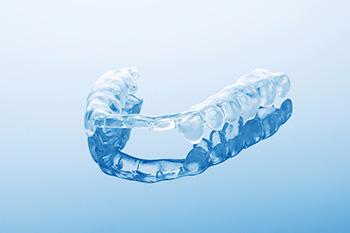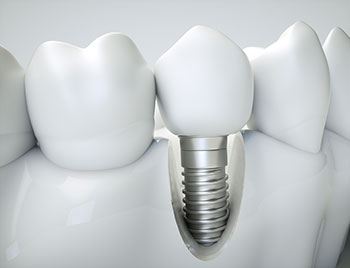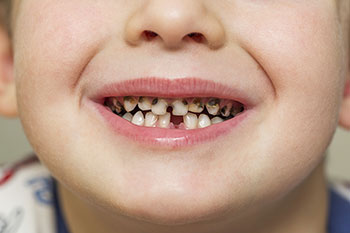
During routine dental visits, your dentist and dental hygienist will check your teeth, gums and overall mouth for health. Your teeth will be thoroughly cleaned and polished, removing plaque, tartar and staining. Certain tools will be used to clean above and below the gum line. Your routine dental visit will be recommended every 3-6 months, depending on the current health of your teeth and your dental needs. If you miss your dental hygiene appointment, you place yourself at risk of several different dental conditions.
Risk of Cavities
During your routine dental hygiene appointment, the health of your teeth will be assessed. If a cavity is forming, it can be caught in its early stages before it gets larger and can spread to other teeth. If you miss your dental hygiene appointments, you run the risk of developing cavities that go undiagnosed and can even turn into infections.









